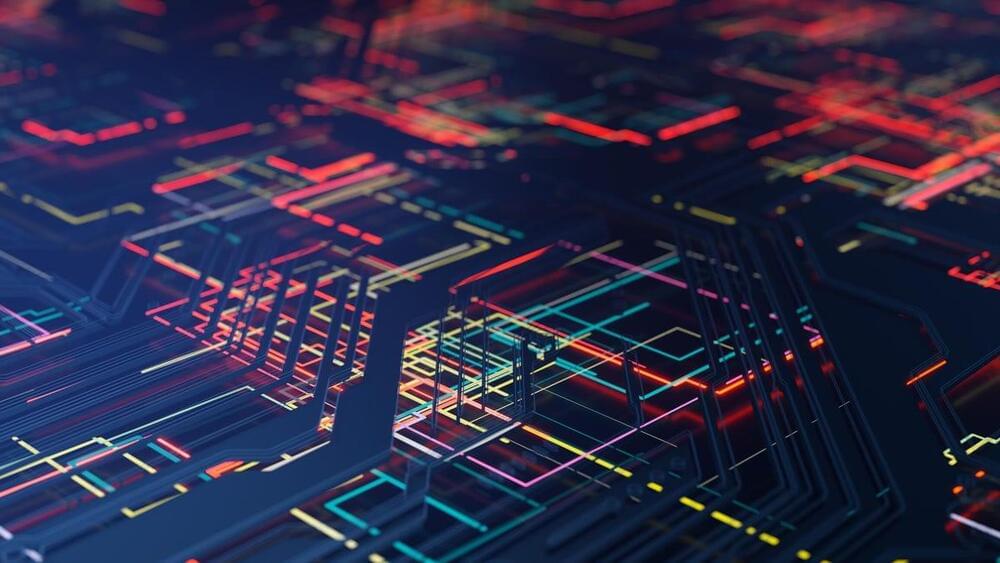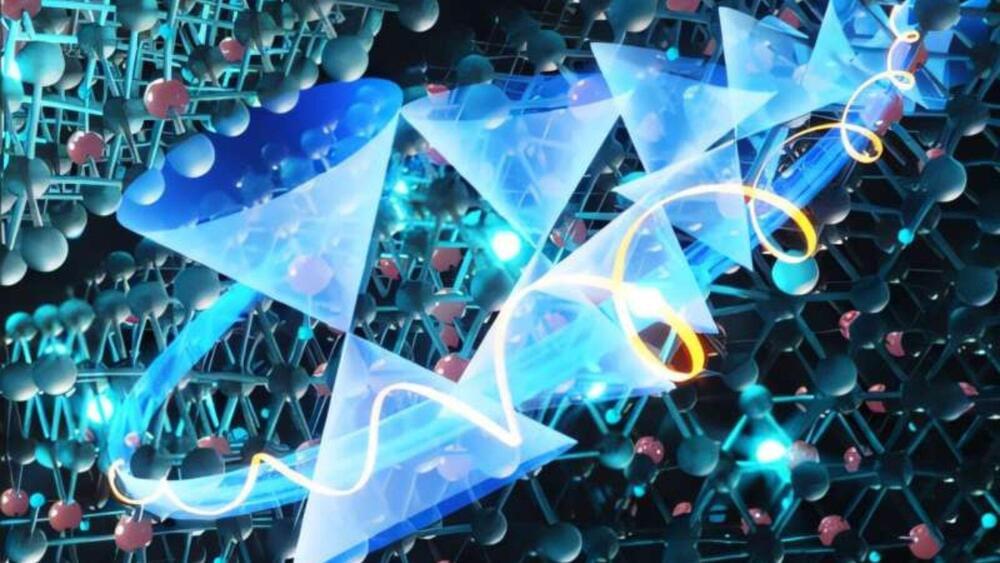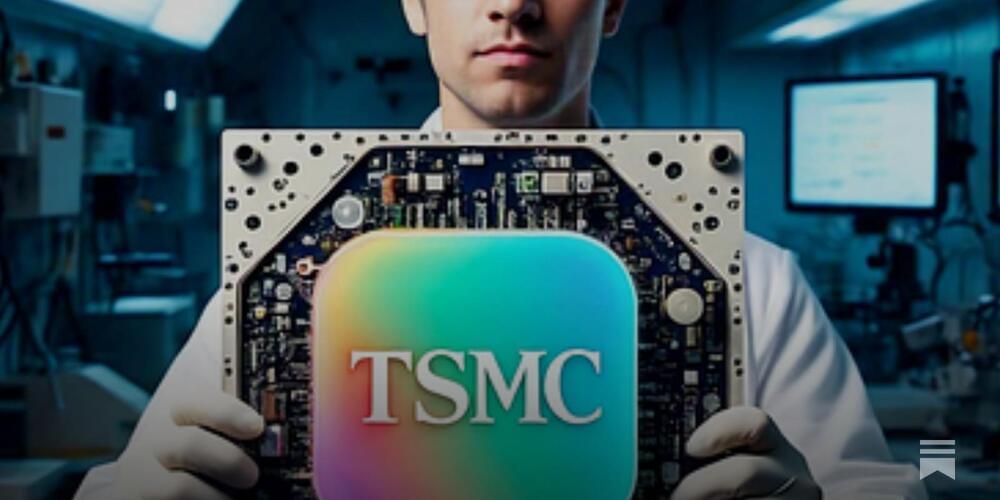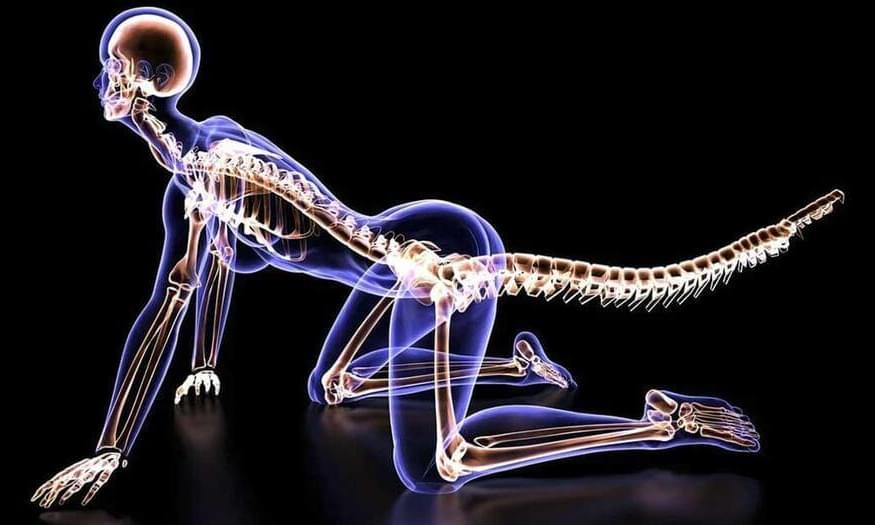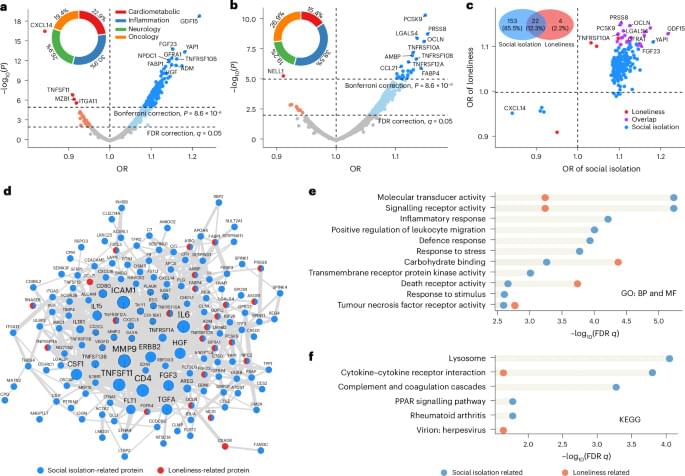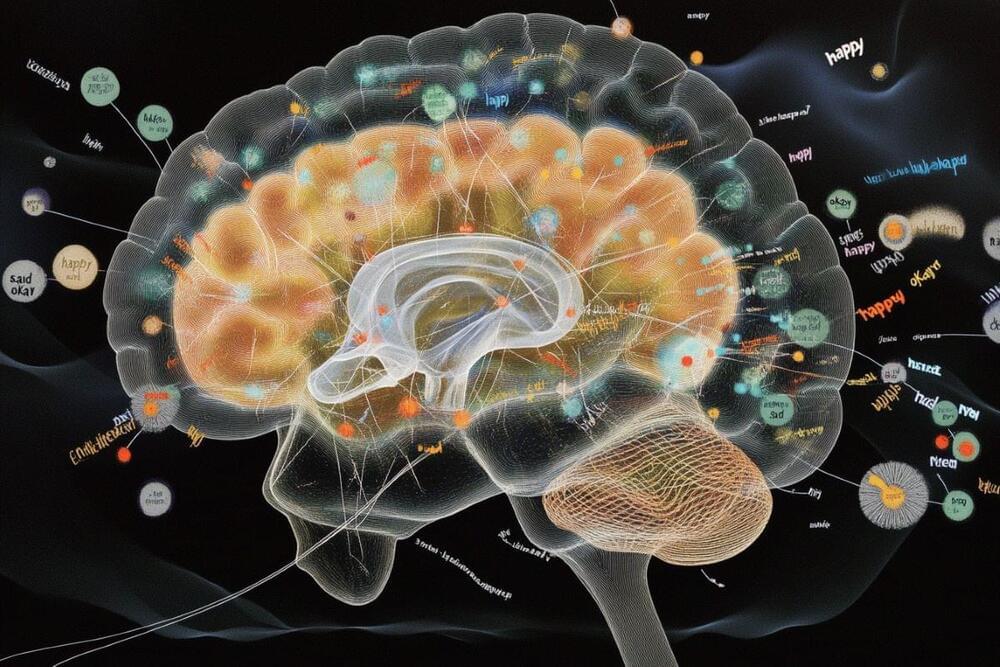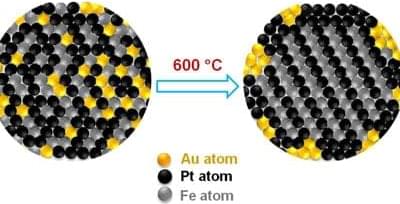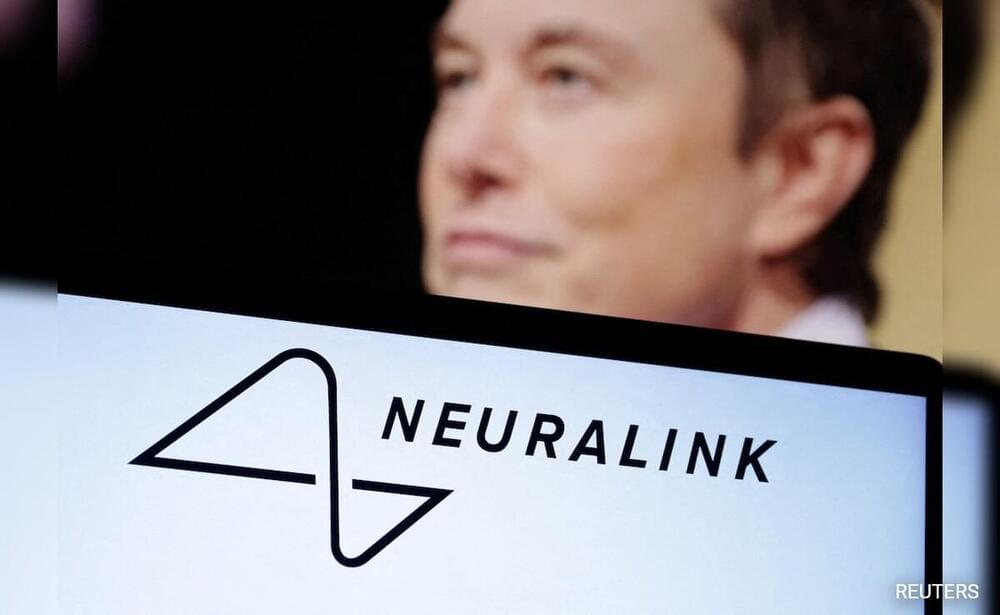From AI-driven defense to evolving ransomware tactics, here’s what cybersecurity industry leaders and experts are preparing for this year.
Physicists developed a method using hydrogen cations to control electronic properties in magnetic Weyl semimetals, enabling advanced quantum technologies.
DNA that can repair DNA similar to Digital Error Correction!
This could make human live longer!
Q4 revenue jumps, beats market expectations, analysts expect fourth-quarter profit of $11.4 Billion.
Are there particles that can move faster than light? Harvard astronomer Avi Loeb explores this question and the mysterious role of tachyons.
Secrets to how humans lost their tails revealed: a groundbreaking journey stemming from curiosity and leading to discovery.
A study in Nature Human Behaviour characterizes protein signatures in the blood associated with social isolation and loneliness, demonstrating how these link social isolation and loneliness to an increased risk of disease and mortality.
Link :
Shen et al. characterize protein signatures in the blood associated with social isolation and loneliness, demonstrating how these link social isolation and loneliness to an increased risk of disease and mortality.
The brain’s response to emotional words is guided by neurotransmitters like dopamine and serotonin, shaping how we interpret language. Surprising new research shows even the thalamus is involved, bridging emotion and cognition.
Summary: Researchers have uncovered how neurotransmitters in the brain respond to the emotional content of language, shedding light on the intersection of emotion, cognition, and communication. Using advanced techniques, the team simultaneously measured dopamine, serotonin, and norepinephrine release in patients during exposure to emotionally charged words.
They found distinct patterns of neurotransmitter activity across brain regions like the thalamus and anterior cingulate cortex, challenging assumptions about their roles in emotional and linguistic processing.
Fuel-cell technology is set to take a step forward as chemists have created a triple-headed metallic nanoparticle, FePtAu, which generates higher current per unit of mass than any other nanoparticle catalyst tested. In tests, researchers from Brown University found that the FePtAu catalyst reached 2809.9 mA/mg Pt and after 13 hours has a mass activity of 2600mA/mg Pt, or 93 percent of its original performance value.
Advances in fuel-cell technology have been stymied by the inadequacy of metals studied as catalysts. The drawback to platinum, other than cost, is that it absorbs carbon monoxide in reactions involving fuel cells powered by organic materials like formic acid.
Any substance that when dissolved in water, gives a pH less than 7.0, or donates a hydrogen ion.
Neuralink Corp.’s brain-computer device has been implanted in a third patient and the company has plans for about 20 to 30 more implants in 2025, founder Elon Musk said.
“We’ve got now three humans with Neuralinks implanted and they’re all working well,” Musk said during an event in Las Vegas this week that was streamed on X, his social media service.
Neuralink is one of a growing group of startups developing brain implants that can help treat conditions such as paralysis and ALS. They are experimental procedures that usually require opening up the skull to place electrodes in the brain tissue. A year ago, Neuralink said it had implanted its device in its initial patient, Noland Arbaugh.
Pierre Fermat
Posted in government | Leave a Comment on Pierre Fermat
Pierre de was a French lawyer and government official most remembered for his work in number theory; in particular for’s Last Theorem. He is also important in the foundations of the calculus.
